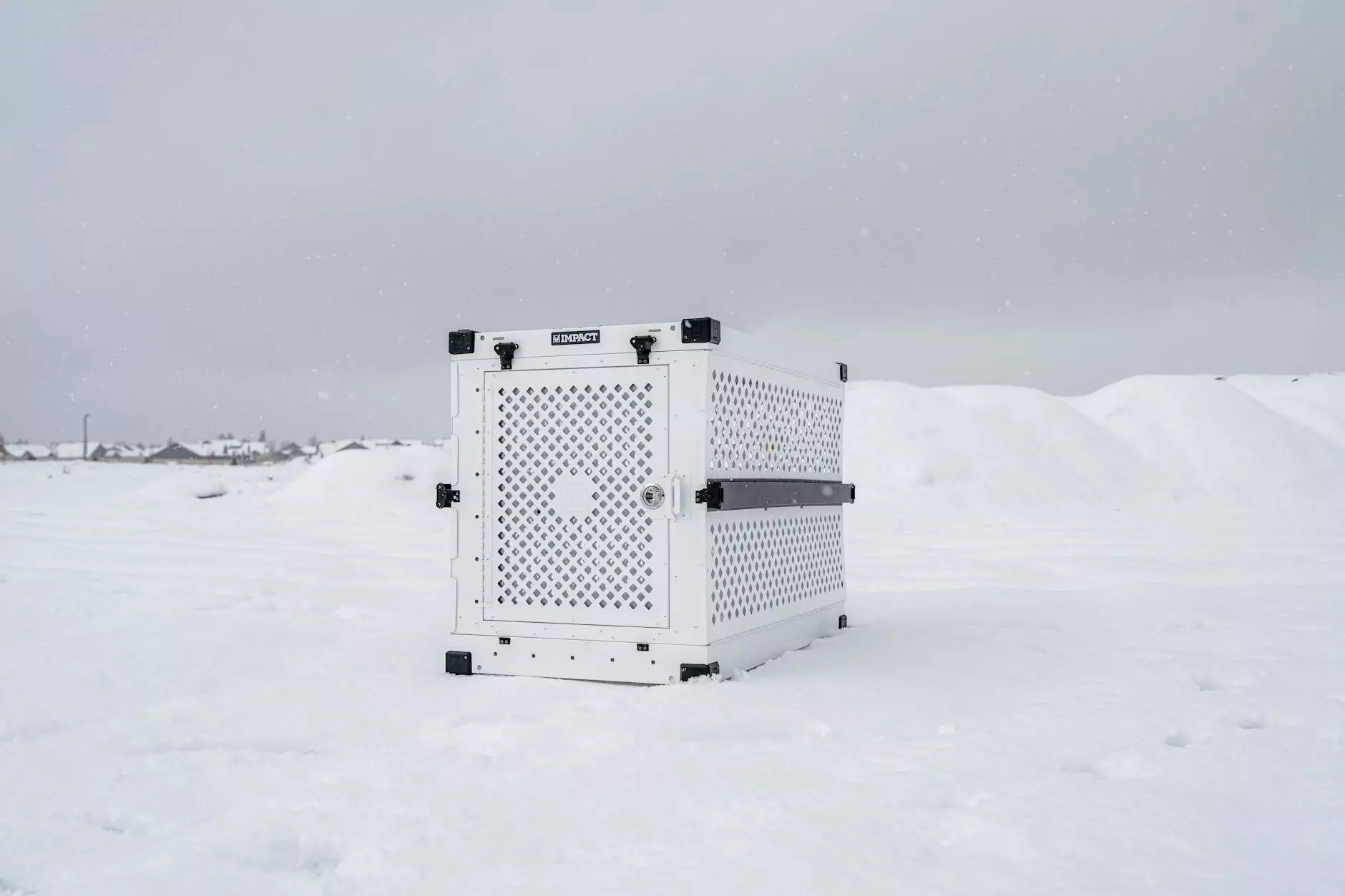Understanding the Western Blot Transfer Apparatus: A Comprehensive Insight

The western blot transfer apparatus is an indispensable tool in the field of molecular biology and biochemistry. It plays a critical role in the detection and analysis of specific proteins from complex samples. In this article, we will delve deep into the mechanics, advantages, applications, and innovations surrounding this vital equipment.
What is a Western Blot Transfer Apparatus?
A Western Blot Transfer Apparatus is specifically designed to facilitate the transfer of proteins from a gel to a solid membrane, typically composed of nitrocellulose or PVDF (polyvinylidene fluoride). This process is crucial for the subsequent detection of those proteins via antibodies, allowing researchers to analyze the expression levels and modifications of proteins of interest.
Key Components of a Western Blot Transfer Apparatus
- Transfer Chamber: This is where the transfer occurs, involving a buffer system to facilitate the movement of proteins.
- Electrodes: The apparatus is equipped with electrodes that provide the electric field necessary for protein migration.
- Membrane Support: Membranes like nitrocellulose or PVDF provide a surface for protein binding after the transfer process.
- Cooling System: Some advanced systems include cooling features to prevent overheating during extensive experiments.
How Does the Western Blot Transfer Process Work?
The process of Western Blotting can be broken down into several key stages, each of which is critical for obtaining reliable results. Understanding these stages is essential for anyone working with protein analysis.
Step 1: Gel Electrophoresis
The first step involves separating proteins based on their size and charge using gel electrophoresis. This step typically utilizes a polyacrylamide gel to provide a matrix through which proteins migrate when an electric current is applied.
Step 2: Membrane Preparation
Once proteins are separated, the gel is then aligned with a membrane in the western blot transfer apparatus. This membrane is pre-wetted with transfer buffer to enhance protein binding during the transfer.
Step 3: Transfer Process
The transfer process occurs under the influence of an electric field, which drives the proteins from the gel onto the membrane. This is typically done in one of two ways:
- Electroblotting: An electrical current facilitates protein movement, making this method efficient for most applications.
- Capillary Blotting: While less common, this method uses gravity to draw buffer through the gel and onto the membrane.
Step 4: Immobilization of Proteins
After transfer, proteins must be immobilized onto the membrane. This is usually achieved through overnight incubation in a primary antibody solution that binds specifically to the target protein.
Applications of Western Blot Transfer Apparatus
The versatility of the western blot transfer apparatus allows its use across various research fields, including:
- Medical Diagnostics: Used to diagnose diseases such as HIV and Lyme disease by detecting specific proteins.
- Protein Research: Critical for studying protein expression, post-translational modifications, and protein-protein interactions.
- Biotechnology: Plays a significant role in developing new therapeutic proteins, vaccines, and biopharmaceuticals.
- Drug Development: Essential in assessing the effects of drugs on target proteins in preclinical and clinical studies.
The Advantages of Using a Western Blot Transfer Apparatus
Choosing a Western Blot Transfer Apparatus for protein analysis comes with numerous advantages:
High Specificity
The use of specific antibodies allows for accurate identification of target proteins, minimizing background noise in the analysis.
Quantifiable Results
Western blotting provides quantitative data that can be analyzed using various software, giving researchers precise insights into protein levels.
Customization
Different transfer strategies can be applied based on the specific needs of the experiment, including variations in transfer time, voltage, and buffer systems.
Innovations in Western Blot Transfer Technology
As with many scientific instruments, the Western Blot Transfer Apparatus has undergone significant technological advancements. Here are some of the notable innovations:
Automated Systems
Modern automated Western blotting systems have significantly reduced hands-on time and increased reproducibility. These systems can perform all steps, from gel running to antibody probing, with minimal user intervention.
Improved Buffer Systems
Advancements in buffer formulations have enhanced protein transfer efficiency and reduced issues with protein loss, providing more reliable results.
Advanced Detection Techniques
New detection methods, including chemiluminescence and fluorescent-based systems, have improved sensitivity and reduced background interference, allowing for clearer results in complex samples.
Common Challenges in Using the Western Blot Transfer Apparatus
While the Western Blot Transfer Apparatus is an invaluable tool, researchers can encounter certain challenges:
Protein Loss
Improper transfer conditions can lead to significant protein loss. It's vital to optimize voltage and duration to suit the specific protein sizes.
Non-Specific Binding
Non-specific interactions can enhance background signals, making it crucial to optimize blocking conditions and antibody concentrations.
Membrane Saturation
Over-saturating the membrane with protein can lead to poor signal clarity. Careful titration of antibody concentrations is essential for specific detection.
Conclusion: The Impact of Western Blot Transfer Apparatus on Scientific Progress
In summary, the western blot transfer apparatus is more than just a piece of lab equipment; it embodies essential technological advancements that have propelled the field of protein analysis forward. From medical diagnostics to genetic research, its influence cannot be overstated. As technology continues to evolve, the future of Western Blotting promises enhanced accuracy, efficiency, and applicability in various scientific disciplines. Researchers at Precision Biosystems are at the forefront of embracing these innovations, paving the way for breakthroughs that will shape the future of biotechnology.
Whether you are a seasoned scientist or a budding researcher, understanding the profound implications of the Western Blot Transfer Apparatus is essential for engaging with today’s complex biological questions and advancing your research to new heights.









